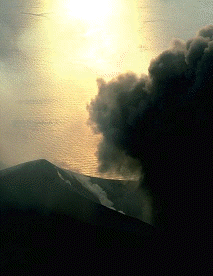This is an image of the eruption of Stromboli volcano.
Click on image for full size
Image from: Dr. J. Alean, Eglisau, Switzerland
For more information, images and video about Stromboli volcano see Stromboli On-Line.
Volcanism
Volcanism is part of the process of bringing material up from the deep interior of a planet and spilling it forth on the surface. Eruptions also deliver fresh gases to the surface from the melted material below. Volcanism is part of the process by which a planet cools off. Even though they are not volcanos, geysers and hot springs are also part of the volcanic process, involving water and hydrothermal activity. Some planetary bodies, like Jupiter's moon Europa also exhibit icy volcanism where water takes the place of lava.
There are several ways in which a volcano forms, just as there are several different kinds of volcanoes. On Earth, the most general cause of volcanism is caused by lithospheric subduction.
There are quite a few other planets which have volcanoes on the surface, including Venus, Mars, and Jupiter's moon Io. Other planets exhibit the results of volcanic activity. These include Mercury, the Earth's Moon, Jupiter's moon Europa, and perhaps Neptune's moon Triton.
You might also be interested in:

What types of instructional experiences help K-8 students learn science with understanding? What do science educators teachers, teacher leaders, science specialists, professional development staff, curriculum designers, school administrators need to know to create and support such experiences?
...more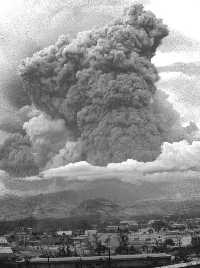
Volcanic eruptions come in many different forms. Shield volcanoes typically spew lava accompanied only by hot gases. These lavas flow slowly down the mountain with speeds of 15 miles per hour or slower.
...more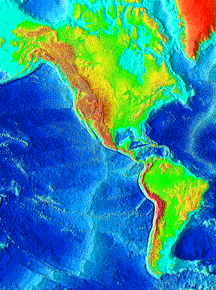
A planetary body, whether the body is a planet or a moon, cools slowly by radiating energy away into space. The warmth remaining inside a body controls what sort of surface activity, atmospheric activity,
...more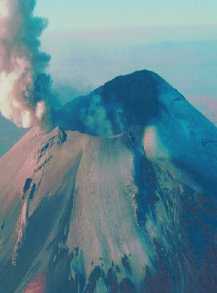
There are several ways in which a volcano can form, just as there are several different kinds of volcanoes. Volcanismis part of the process by which a planet cools off. Hot magma, rising from lower reaches
...more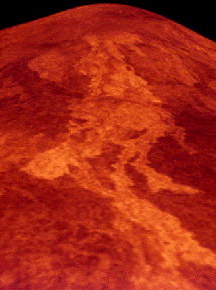
Venus has a number of shield volcanoes such as Mauna Loa found on Earth. Among the volcanoes of Venus are Sif Mons (shown here with a lava plain) and Gula Mons on Western Eistla Regio, Rhea Mons and Theia
...more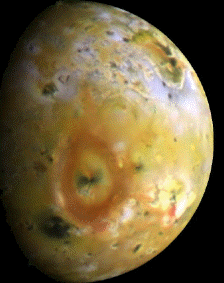
The surface of Io is completely volcanic, with lava flows of sulfur from the interior, as shown in this image. White patches in the image indicate areas of surface SO2 frost. The heat for this volcanism
...more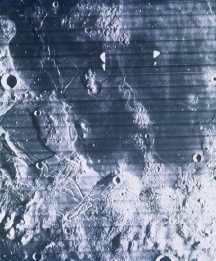
This picture of the lunar maria shows the difference betwen the highlands, which are heavily cratered, and the dark maria which are relatively smooth with few craters. The absence of craters indicates
...more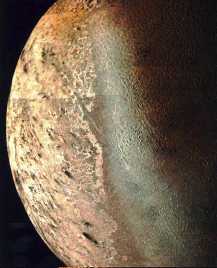
This gorgeous image of Triton reveals many interesting features of its surface. The surface of Triton is halfway between that of Ganymede and that of Europa, of the Galilean satellites. There are portions
...more


